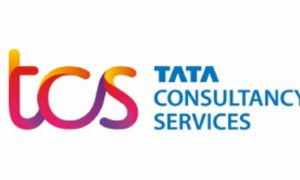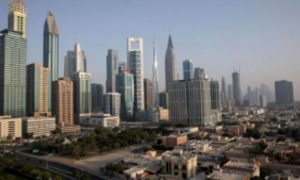Budget 2020 India: Like every year, the ensuing Union Budget on February 1, 2020, is keenly awaited. More so, as some relief in personal income tax is much expected.
While the revenue sacrifice can be made up through higher compliance and removal of exemptions, the proposal gets its support from standard economic logic that higher consumption propensity of the middle class would lead to reversal of the declining rate of PFCE by enhancing the demand for consumer goods, and thereby help commodity groups that are involved in making finished goods.
Another demand by the industry is to eliminate the duty (2.5%) on raw materials that are either not indigenously available or available in limited volume or not available with required specifications. Examples are: Coking coal for steel making, scrap (carbon, SS, aluminium, copper) used as inputs for finished products. At the current price of coking coal, the duty elimination would give a relief of approximately `310 per tonne of steel and India has been importing coking coal of 25-30 MT each year.
There are similar views expressed for duty elimination on exports. If it relates to export of mining resources, India is to learn a lesson from other countries like China, Indonesia where export of country’s mineral reserve is never encouraged. Another area that needs immediate reform relates to logistics.
Now that the Railway Budget has been included in the General Budget, the railways’ freight for movement of bulk commodities like coal, iron ore and finished steel must be revisited and a lower freight tariff classification (by few notches) needs to be considered. This is imperative as transportation costs of commodity trading across the states have been rising and the country must get full advantage of a dedicated freight corridor for bulk movement of materials. This would also provide railways an edge over road transportation, which would continue to be favoured as a preferred mode for despatches to remote locations and for secondary movement of goods.
The Budget can set up a mechanism to monitor the road transportation in a holistic manner by examining the variations in state-wise road transportation cost, road taxes, facilitation of tax collection and others. One of the critical areas of the Budget conforms to government spending and investment. Indian economy is awaiting a big push to get over the slump it has experienced in FY20.
There is a need for reforms in contracts and guidelines, relevant for the critical sectors of the economy to make them vibrant, user-friendly, transparent and facilitating quick redressal.
Substantial changes have been made and the process must go on. On the other hand, the massive infrastructure deficit in movement and communication network via railways, roads, ports, civil aviation and telecommunication is enormous.
There is a multiplier impact of good communication and movement networks in spreading the wings of social infrastructure in terms of health, education and housing. These areas having large externalities are traditionally funded by public investment, and the private sector barges in subsequently. The Budget has always provided a clear road map of government investment, including PSU capex for the year.
The document on Infrastructure Vision 2025, known as National Infrastructure Pipeline, brought out recently has identified a few major infra sectors and other social sectors that would need investment for the period FY19 to FY25 in order to fulfill the aspirations of people, propel growth and facilitate ease of living.
Based on an analysis of the changes envisaged in the critical sectors of the economy (demography, urbanisation, digitalisation and environment) and compilation of all projects under-construction, proposed brown field and greenfield projects and those under conceptualisation stage, the document has identified a tentative investment schedule — sector-wise and year-wise. Infrastructure investment as a percentage of GDP has been hovering between 5 and 7% of GDP in the past, but total investment (given by GFCF as percentage of GDP) has been coming down from 29.3% in FY19 to 28.1% in FY20. This needs to spruce up in FY21, and the Budget is the ideal instrument for this.
The document has identified energy, roads, railways, ports, airport, urban irrigation, rural infrastructure, digital, agriculture, food processing and social infrastructure (education, health, family welfare) and industrial infrastructure, which includes steel.
In FY19 the estimated infra investment was of the order of Rs 10 lakh crore, of which public investment was approximately Rs 6.5 lakh crore through budgetary and extra budgetary resources. An amount of Rs 19.5 lakh crore has been earmarked for infra investment in FY21. If this target is to be fulfilled, the amount of public investment needed for next FY comes to Rs 12.7 lakh crore.
A 75% fulfillment of the target requires the public investment to reach Rs 9.5 lakh crore. A 60% target achievement bring it to Rs 7.6 lakh crore — around 17% more than the level of FY19. The budgetary support for the public investment has been stated in the document to be Rs 1.86 lakh crore for FY21.
The opposing views against this proposed public investment are that it would exceed FD target of 3.3% of GDP in the current year and further CPI has already crossed 7.3% growth with public debt exceeding the manageable limit.
However, the past has shown that Indian economy has passed through a higher FD limit to sustain a higher level of public investment, and this would surely prompt private corporate sector to join the development process by enhancing investment flow (sharing the risk elements) in the critical sectors of the economy.




































